Why did chlorosis appear on cucumbers and how to treat it?
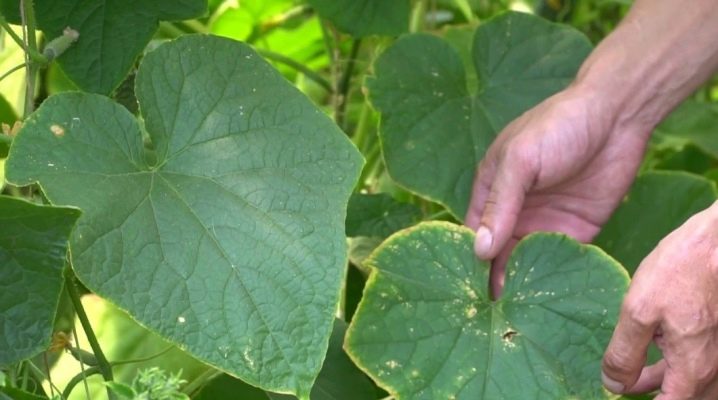
Chlorosis is an infection that spares neither young nor mature cucumbers, wherever they grow. The leaves affected by the disease turn yellow, dry and wither, and then fall off. The bush remains bare. This ailment has many causes, several types, but, fortunately, there are successful treatment algorithms.
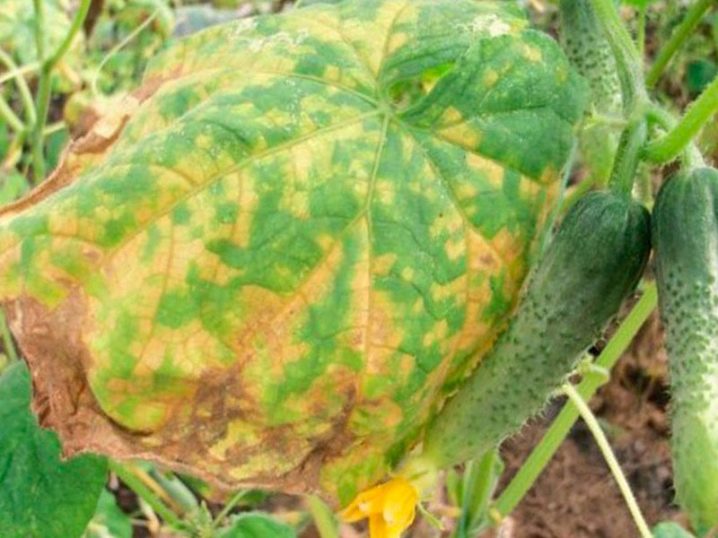
Causes and signs of appearance
Signs of the disease are found on the upper and lower leaves, even if they are underdeveloped. Primarily, the cucumber is infected through the rhizome. First, blurry or angular yellow spots appear at the edges of the plates. Over time, the foci brighten, and only the veins of the plate will be green. Very quickly the tops will turn yellow and dry up - alas, this disease is developing rapidly.
However, how quickly the infection spreads depends on the immunity of a particular borage. If the bush is strong, the symptoms will manifest themselves within a week, and this will be before the onset of the active phase. But a weakened bush can already die by the fifth day, and sometimes three days are enough for the death of a plant.
The source of the problem is the lack of chlorophyll in the tissues, and it is he who is an active participant in photosynthesis, thanks to which the tops turn green.
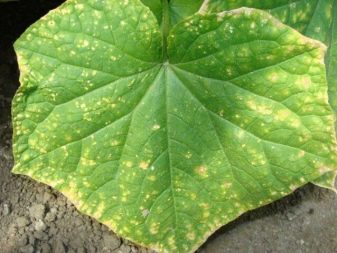
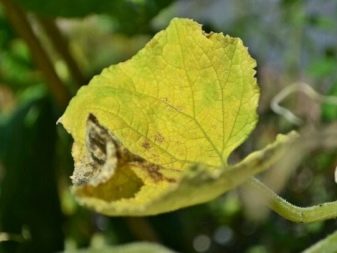
Why there may be problems with pigment production:
- lack / excess nutrition;
- weak or excessive watering;
- diseases that weaken the immunity of the plant;
- weather disturbances - for example, persistent heat or, on the contrary, a prolonged cold snap;
- a sharp change in temperatures;
- an area that is open to winds and drafts;
- planting borage in the shade.
Chlorosis quickly and rather sharply oppresses cucumbers, they immediately stop developing, do not form new ovaries, and all formed ones wither. The leaves can even curl in places.
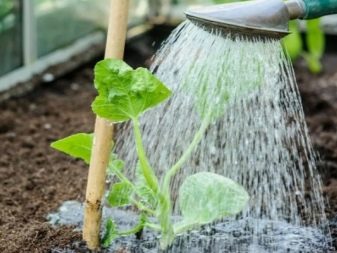

But the symptoms can vary slightly depending on what exactly caused the disease. For example, if the lack of light is to blame, the whole bush will probably turn yellow. The leaves will form, but they will remain small, but the whips, on the contrary, will be disproportionately long. They also face a noticeable thinning.
If the chlorosis is caused by excess moisture, the plant looks like this: turns yellow, the tops wither, serous foci appear on the plates. We need an emergency normalization of watering, because if this is not done, a fungus will appear on the lashes.
But chlorosis can also cause frostbite when the temperature drops sharply: then the leaves lose their color entirely (less often - zonal). Well, if a plant infects a spider mite, a pale, nondescript cobweb can be seen on the back of the yellow leaf.
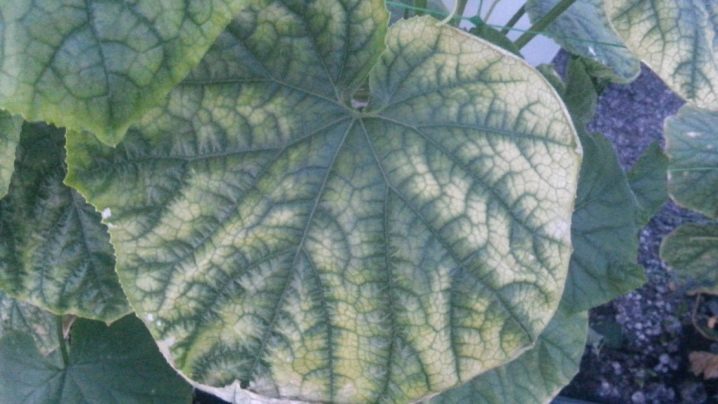
Views
Chlorosis also differs in that nutritional deficiency manifests itself in different ways: depending on the lack of a specific element, signs of the disease appear.
There are several types of chlorosis.
- Magnesium. If the plant lacks magnesium, the underside of the leaf plates will first lighten, but the veins will still be green. In the future, the lightening will affect the entire plate. Over time, the edges of the leaves will take on a dark pink color.
- Iron. Iron deficiency leads not only to lightening of the leaves - the stems on the tops of the lashes also brighten, and their color becomes reddish-brown over time.
- Nitric. The first will turn yellow tops at the bottom of the bush, and the infection will go upward. Plants will completely turn pale, and if the lesion becomes significant, they will also turn brown (and the veins too).
- Manganese. The lack of manganese is visible by the way the fabric between the veins becomes light green (or yellow), and a dirty yellow or deep orange hue appears at the edges of the plate.
- Potassium. With a lack of potassium, the lower leaves begin to fade first, along the edges of the leaf blade becomes light green, and then turns into a brown color.
- Zinc. Parts of the leaves turn yellow between the veins, and then the tops begin to turn brown. The leaves first turn gray, then orange, and this orange tint can resemble a bloom.
Whatever the infection is caused, the affected parts of the plant can no longer be saved, they must be removed and removed from the site.
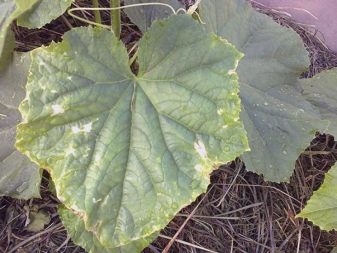
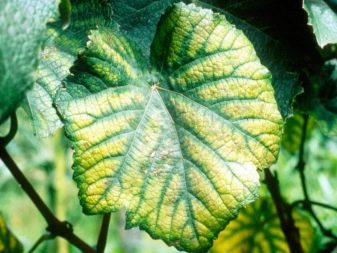
Treatment
It will consist of two fundamental points: fertilization to change the nutritional balance and eliminate the causes. One does not exist without the other, so you will have to work on all fronts.
Fertilization
If the diagnosis is correct, and after checking the description, the owner of the garden understands what the matter is, he will simply give the plant what he lacks.
- With a lack of iron (and this is perhaps the most common cause of infection) you need to use special drugs. These are the Ferrilen, Ferovit, Micro-Fe complexes. Iron vitriol will also help cure cucumbers. And on its basis, you can prepare the following composition: dilute 4 g of vitriol and 2 g of lemon in 1 liter of pure water, stir the mixture until smooth, pour the cucumbers under the root. And in order to urgently increase the level of iron, the soil is sprinkled with rust (it can simply be removed from old nails). Sometimes the same nails are completely buried in the ground.
- With a lack of magnesium the best remedy is magnesium nitrate. You need to make a solution like this: stir 10 g of top dressing (in dry form) in 10 liters of water, wait until the sediment is completely dissolved, pour cucumbers under the root one liter per bush. The solution also includes nitrogen, but it is still appropriate for any growing season, because there is little nitrogen in the composition. And you need to continue to treat the plant until the cucumbers get better. The interval between make-up injections is 2 weeks.
- With a lack of nitrogen organic mullein can be a lifesaver. 10 g of manure is diluted in a bucket of water, everything is mixed and watered under a bush so that 1 liter of liquid is necessary for each plant. Twice a month, cucumbers are sprayed with 2% calcium nitrate.
- With sulfur deficiency rescues magnesium sulfate. In a bucket of water, you need to dissolve 35 g of fertilizer, stir everything well and water the borage with this composition 2 times a month. But if chlorosis has not just manifested itself, but the disease is already pronounced, spraying on the bush will help get rid of it: 20 g of the product per 10 liters of water.
- With a lack of manganese potassium permanganate solution is very helpful. It is necessary to dilute a small amount of the powder with water until it turns light pink (too dark a solution will not work). And with this water it is necessary to water the cucumbers at the root every 2 weeks until the ailment recedes. Any top dressing is applied only on wet soil.
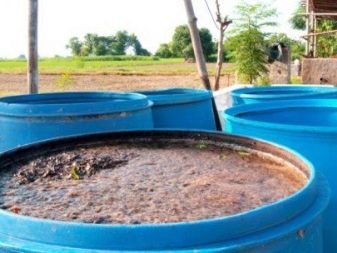
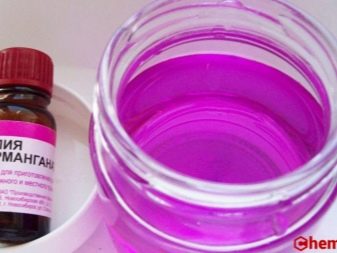
Chlorosis is treated not only by top dressing. It is important not to miss the moments of agricultural technology: if the roots have wet soil, you need to reduce watering - they are unnecessary. If chlorosis is caused by a lack of iron or nitrogen, the soil can be acidified. And it is always useful to loosen the soil and remove weeds along the way.
Also, picking young seedlings will help fight the disease: cucumbers should not grow very densely, this interferes with them.
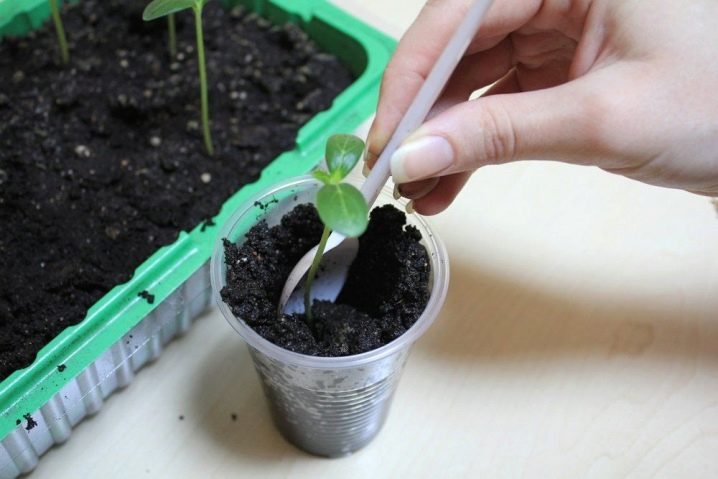
Elimination of causes
As already mentioned, alkalization of the soil can be a problem. If this happens, the plant will not absorb nitrogen and iron. And only acidification (acidification) of the soil will be timely. Cucumbers should be watered with nitric-phosphoric acid at the root. Dilute up to 5 acid cubes in a 10 liter bucket. This is the easiest way to process the soil for acidification. This can be done both outdoors and in a greenhouse.
Poor drainage may have been the cause of chlorosis. And this, too, can be overcome by drying the earth - everything is elementary.It is necessary to organize and correct watering so that the roots do not soak.
A pick is useful, but if done inaccurately, problems can also arise. It is just that the roots of the plants will be damaged during transplantation. And until they recover (which takes time), the plant simply cannot take nutrients from the ground. More precisely, he will not be able to take them in such a way as to be satiated. The help is such - it is necessary to speed up the recovery of the cucumber, using "Clean sheet", "Radiopharm" and other similar rooters.

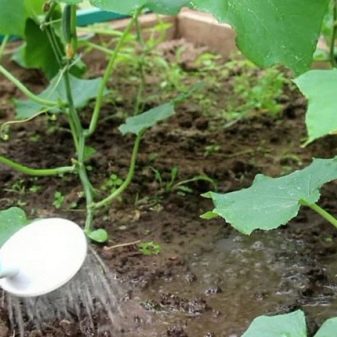
Prevention measures
An integrated approach to the treatment of chlorosis is, of course, good. But it is better not to allow the disease at all. There are 3 simple rules that turn out to be saving:
- you can not plant cucumbers very often - they need to "breathe", they need a place and need light;
- they can only be planted in a sunny place, in the shade they get sick;
- it is necessary to water the cucumbers, but only in moderation, because waterlogging is a fast path to disease.
And, of course, increased, excessive feeding can also lead to infection of the plant: it will weaken from overnutrition. You also need to be prepared for unexpected moments, such as a sharp cold snap. Sudden frosts cause discoloration on the leaves. The bush can still be restored, but only by removing all affected areas from it.
But it is better to be very careful when choosing the moment of transplanting seedlings: the heat should not be the first deceptive, but already established.
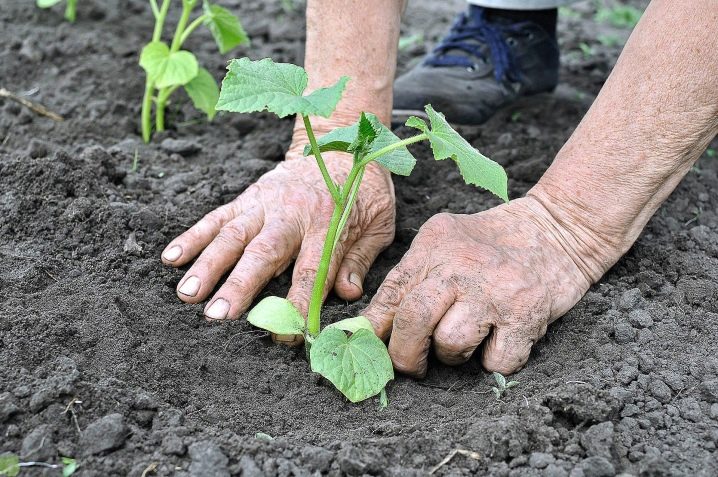












The comment was sent successfully.